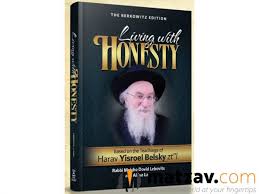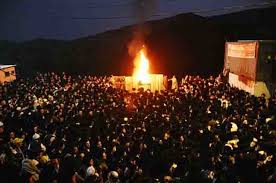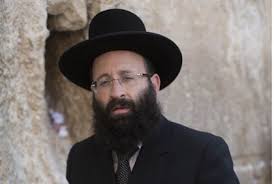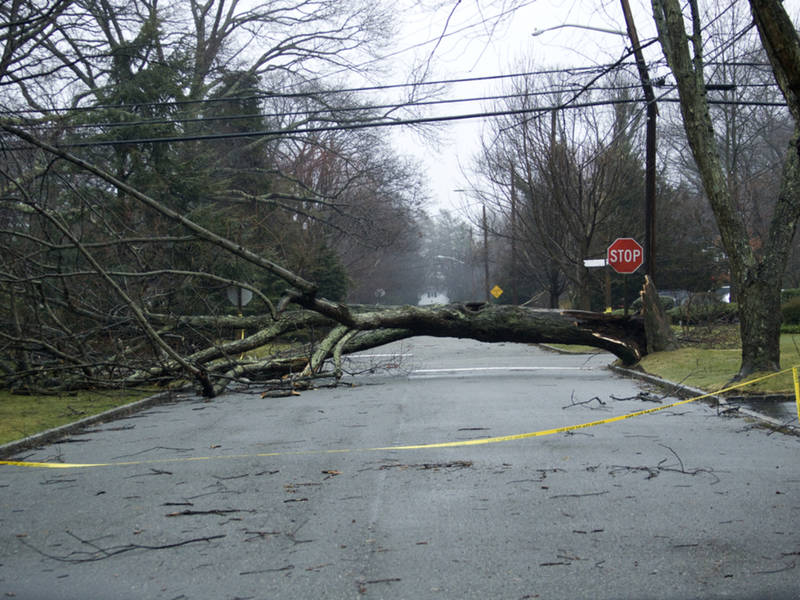Living with Honesty: A Book Review

Living with Honesty: Based on the Teachings of Harav Yisroel Belsky, zt”l, by Rabbi Moishe Dovid Lebovits and Akiva Lane (Israel Bookshop Publications 2017) is a collection of sheilas on the topic of honesty that Rabbi Yisroel Belsky, zt”l, answered during his lifetime. The approximately 500 questions and answers were compiled into book form by his talmidim. They concern everyday occurrences of modern life, such as jaywalking, aggressive driving, tipping service people, reserving domain names on the internet, and returning airport luggage carts. Just skimming through the vast variety of questions is interesting. It shows how Torah values apply to all arenas of life and are not simply relegated to theoretical learning. Another interesting point that emerges from the randomly chosen questions below is that not everything is necessarily wrong. Sometimes it is acceptable to do something that might not seem to be a hundred percent honest, because it is what is customary and expected.














